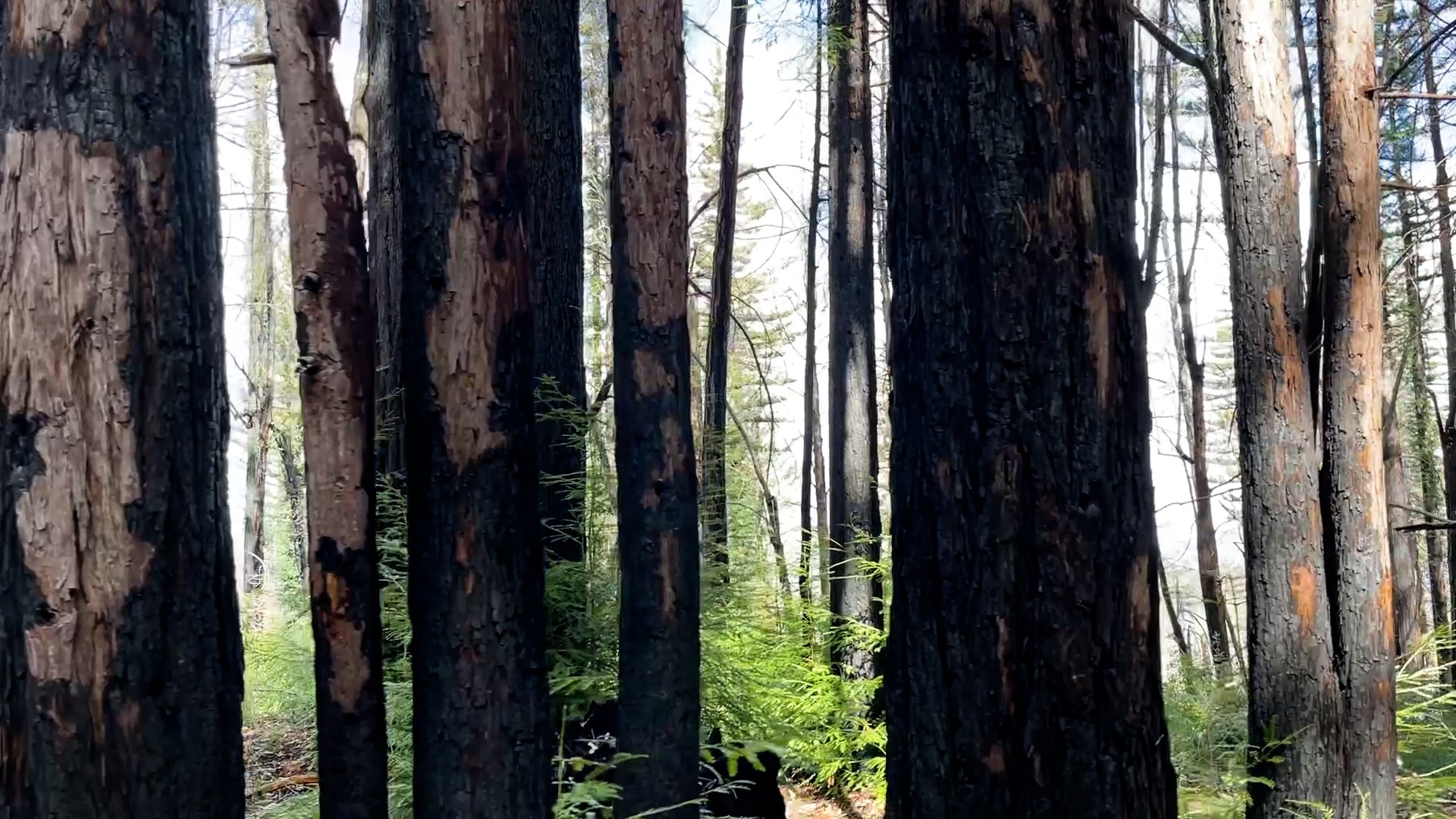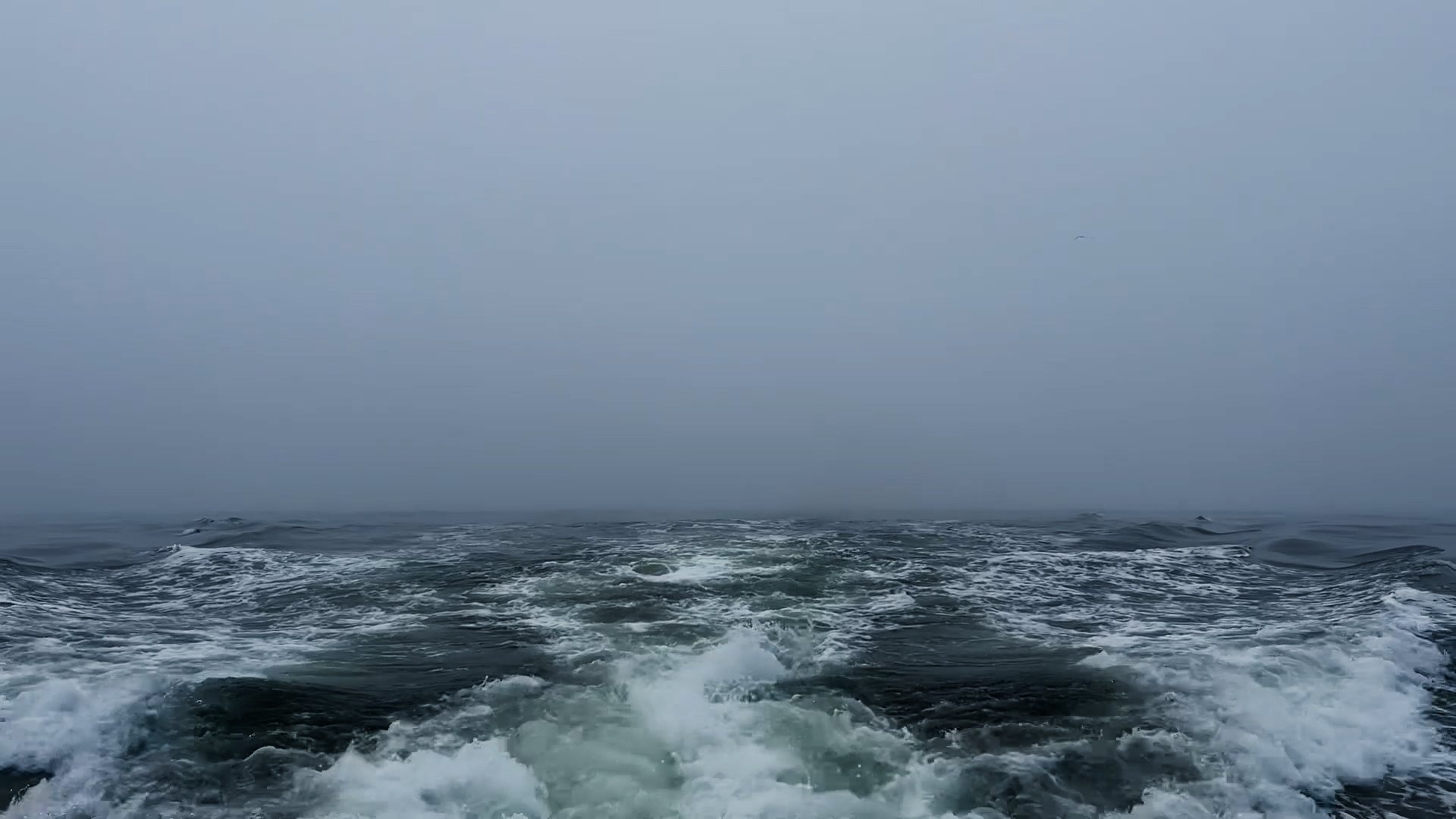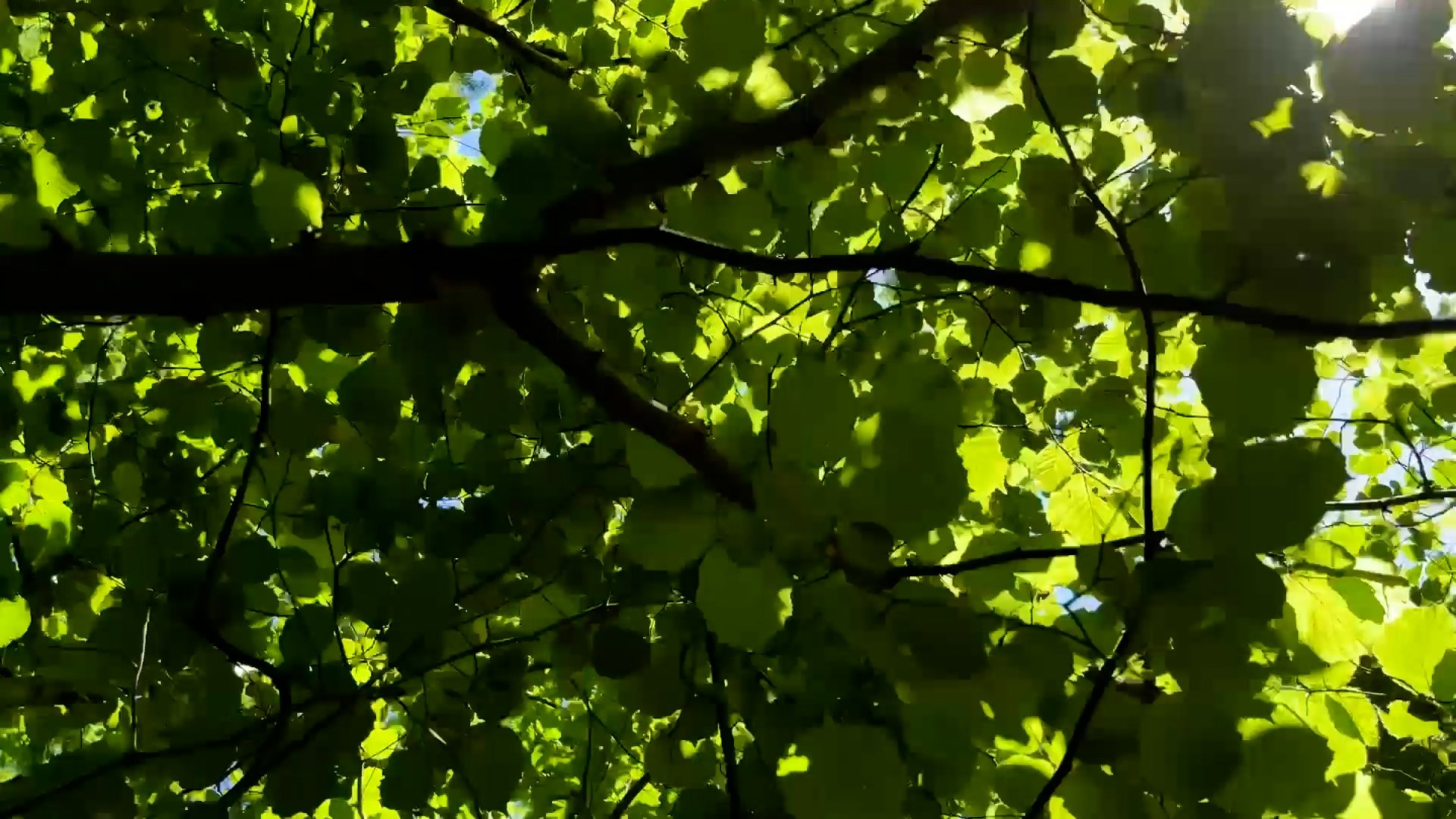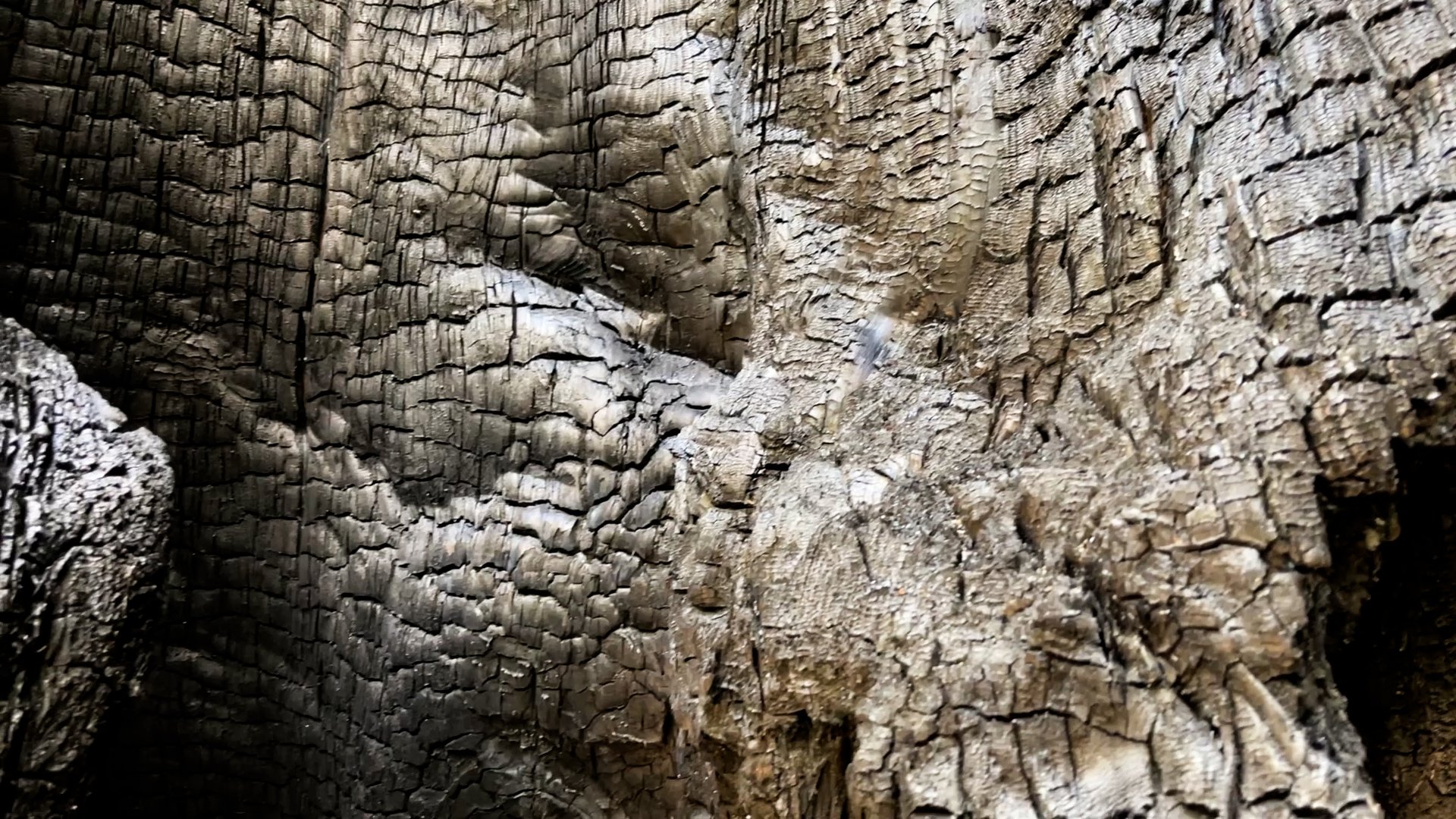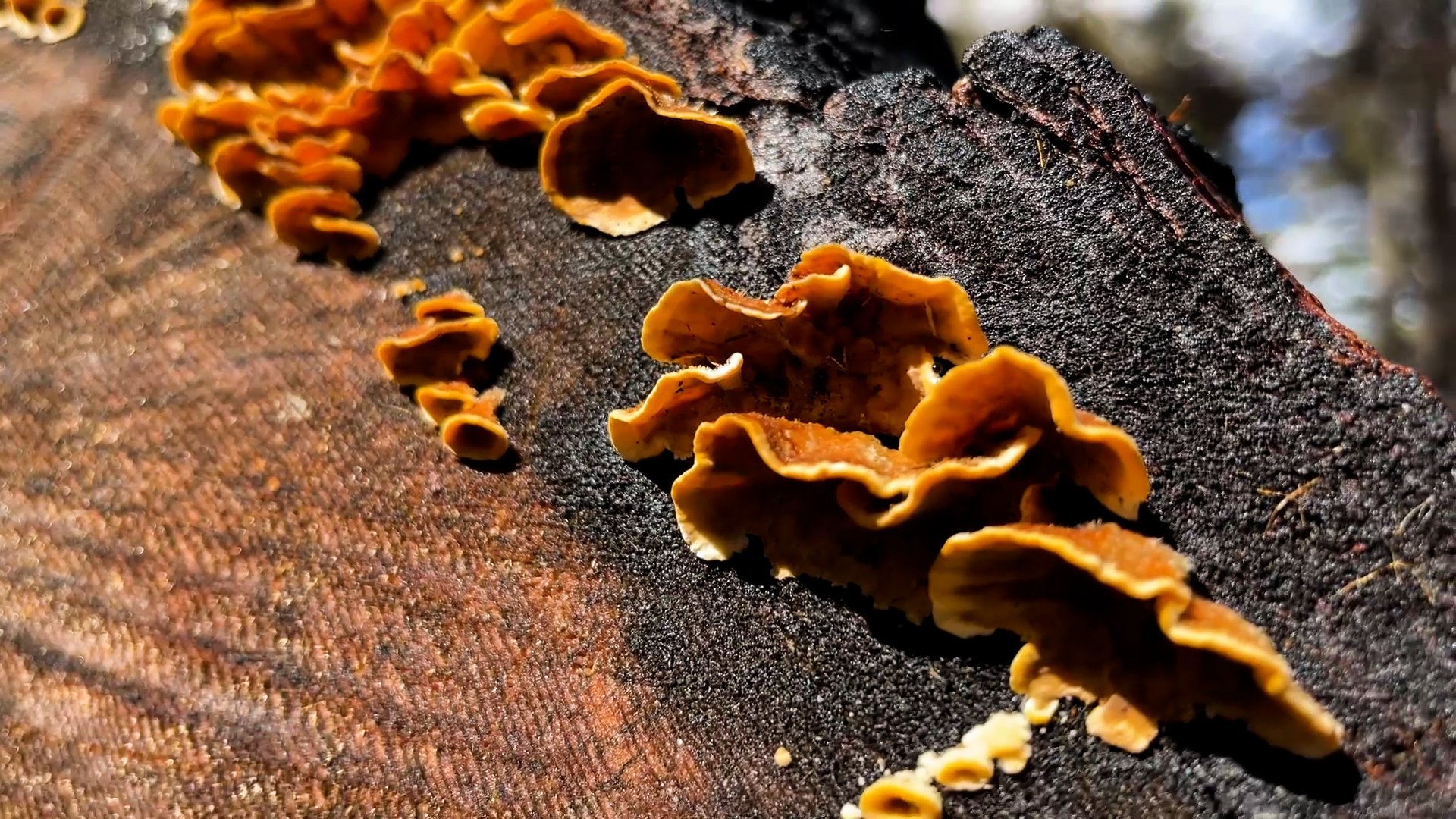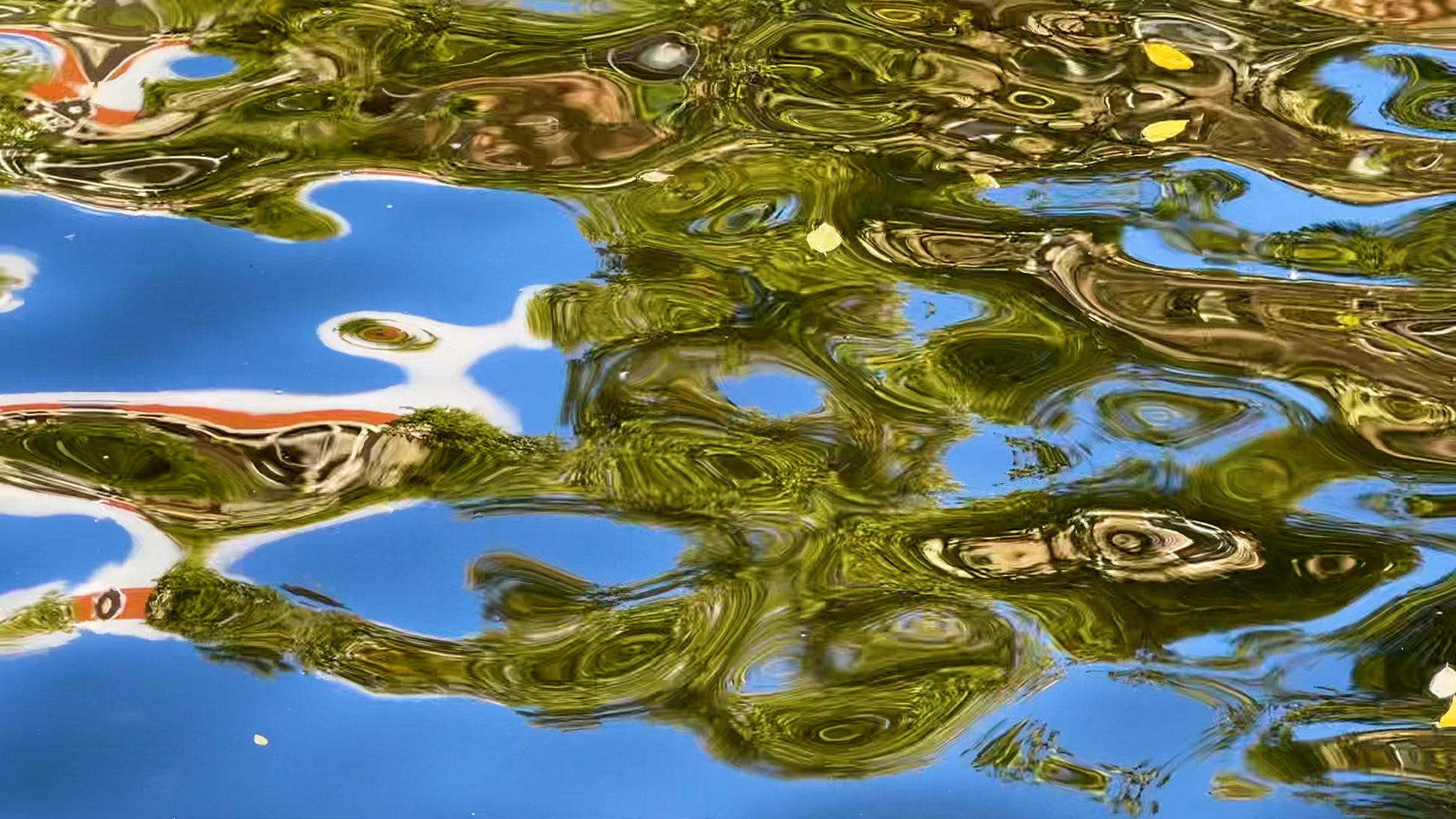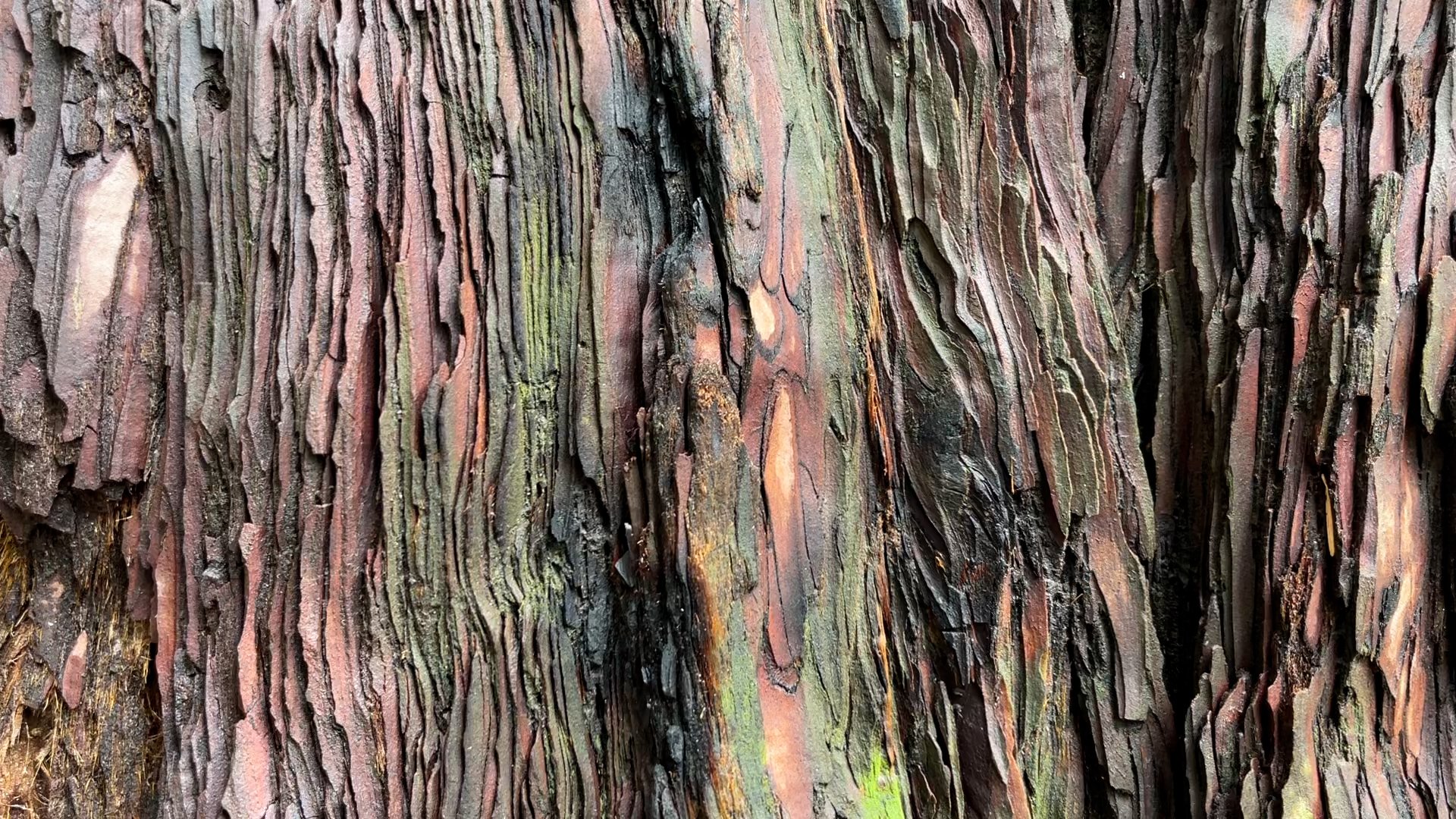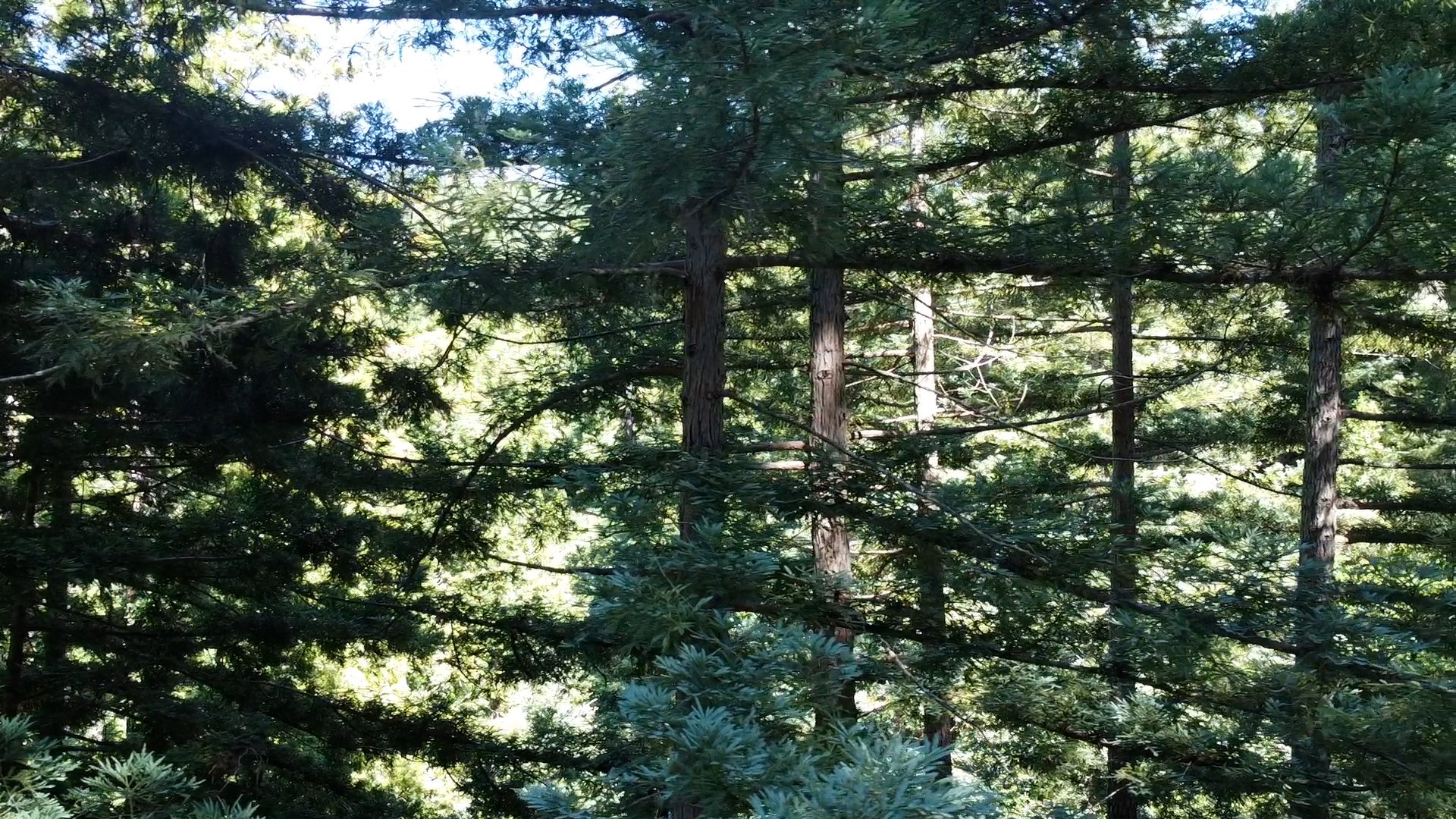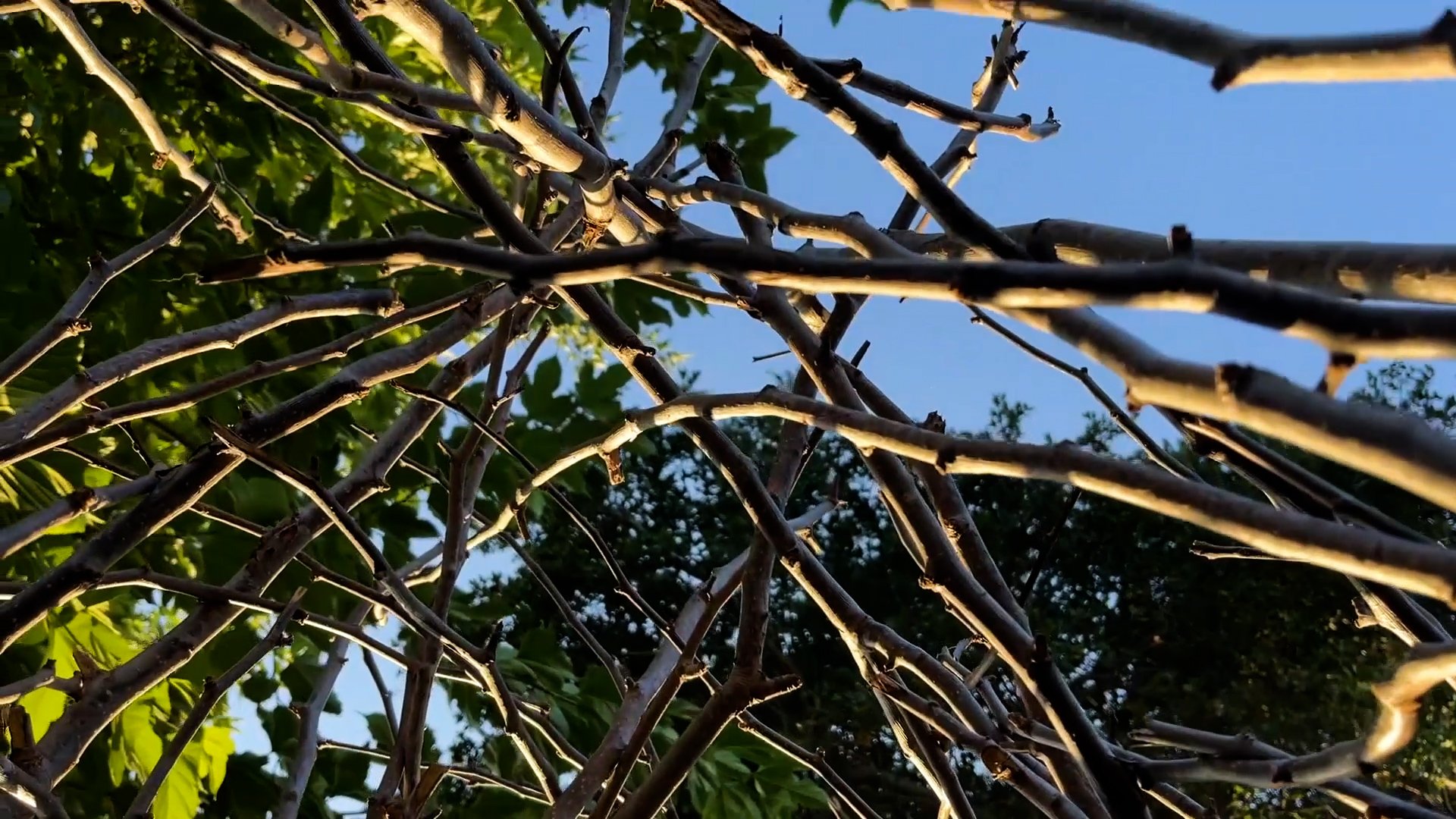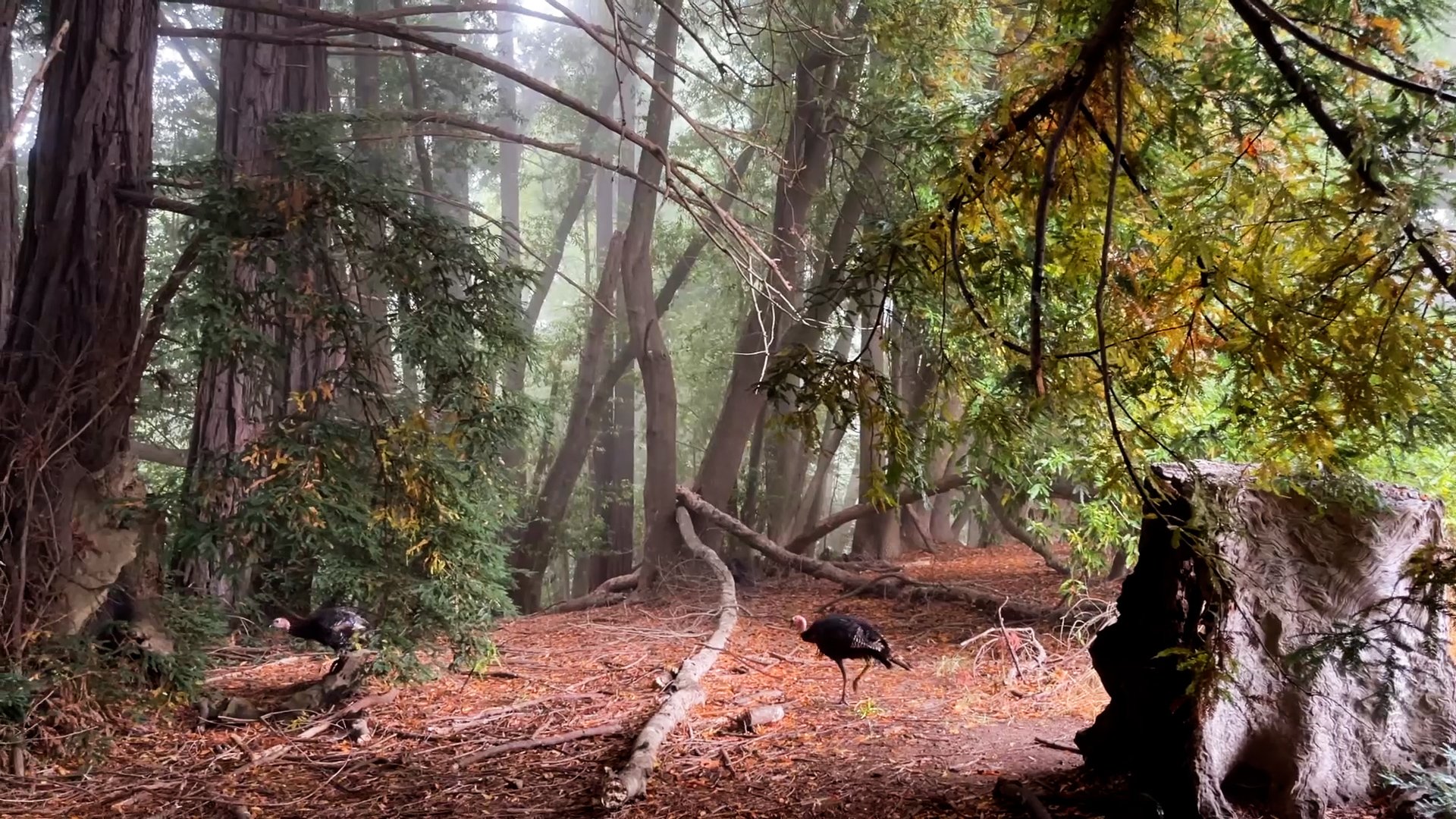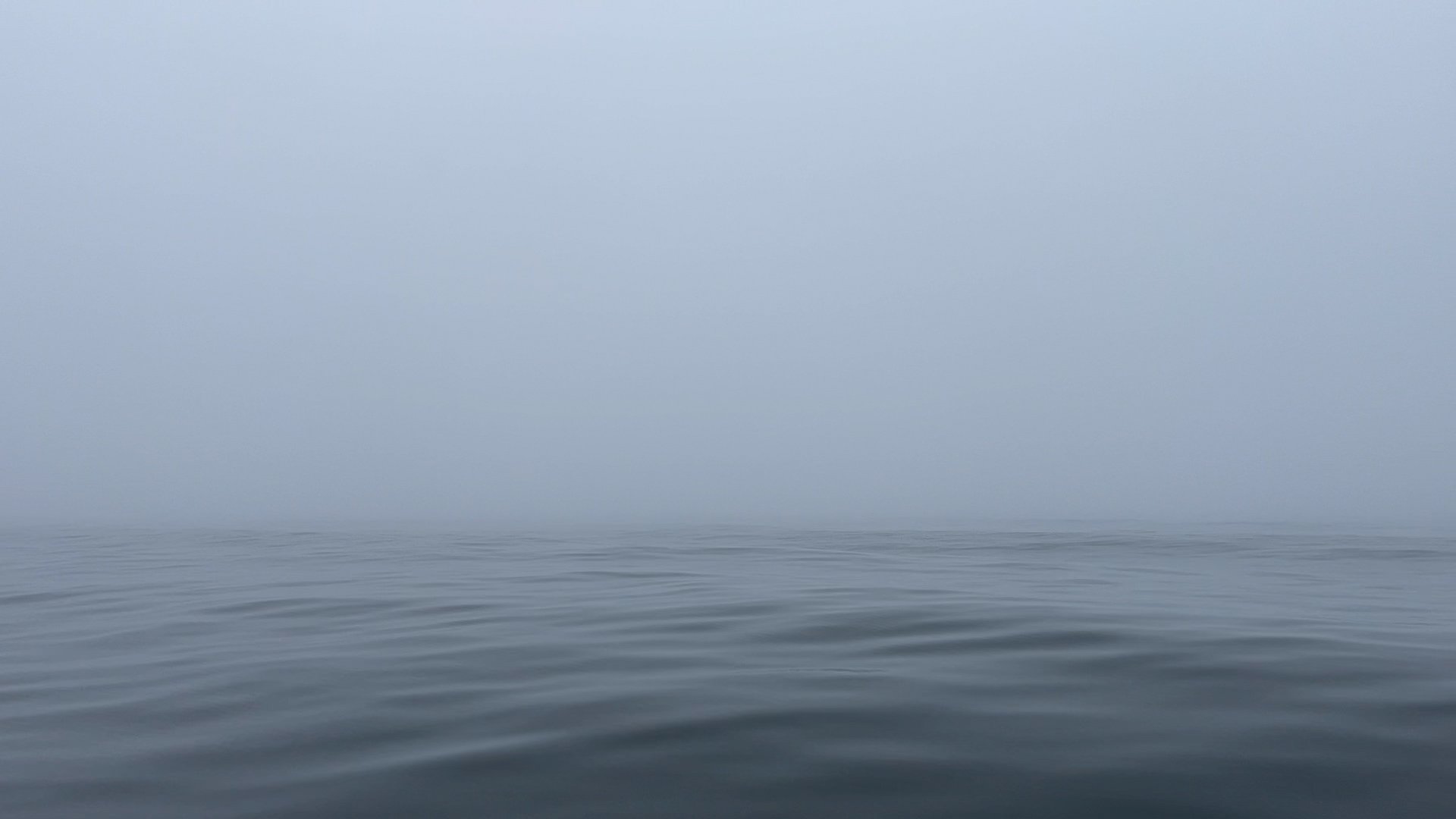Vertigo and the Sound Portal
Vertigo and the Sound Portal installation at Zone2Source, Amsterdam October 2023
An invitation to explore states of sonic reorientation through the vertiginous experience of a sound portal. A composition of sound, video and music in installation form for the Exhibition Polyphonic Landscapes at Zone2Source, Amsterdam, 6 October - 3 December 2023 WATCH this video on Polyphonic Landscapes Exhibition
READ Journal Paper in ARPIA here: Vertigo and the Sound Portal: Simultaneous Presence of Distant Environments
LISTEN to the PODCAST Polyphonic Landscapes Podcast where Budhaditya Chattopadhyay, Yolande Harris, Teemu Lehmusruusu, and Lia Mazzari, along with host Sharon Stewart, reflect on their participation in Polyphonic Landscapes. They discuss excerpts from their sonic works and situate their artistic research.
Artistic Research Process and Writings - read more on the process ideas of Vertigo and the Sound Portal in the Research Catalogue
Read more about the Polyphonic Landscapes project with all contributors in the APRIA Journal:
Braided headphones at Vertigo and the Sound Portal installation at Zone2Source, Amsterdam October 2023
How do we experience an overlaying of the sound of two places at once? Presence over distance, one environment augmenting another through sound, the potential for increased connection and empathy. I have become fascinated by such an expanded perception and the idea of a ‘sound portal’. A sound portal - the transition from sensing one place to simultaneous places - encourages a heightened sensitivity and relational reorientation, facilitated by sound and listening.
A network of inter-related questions have led to the following ideas - think of them as methods. With displaced sound comes a sense of vertigo, which I define as a loss of ground, a common experience of migration and displacement. I explore varied spatial orientations and lift, through techniques of ambisonic audio and flying drone video perspectives. The relational qualities of sound can help build connection beyond the visual. Fog is interesting here. When in fog, low visibility heightens listening and sounding, like whales swimming through dark water. We can learn from the sonic migrations, orientations and communications of other species, from underwater whale communication to redwood/mycelia forests.
Our sense of vertigo slips us through a sonic portal. A presence displaced yet fully felt. A lift into a space outside of place. The sound portal may help us question the assumed solidity of the ground we stand on, opening us up to a more fluid, empathetic and relational experience.
In the autumn of 2022 I was approached as one of four sound artists to take part in a year long artistic research project on sound and the environment, based specifically on site of the Amstelpark in Amsterdam. Living in Santa Cruz California I have become interested in remote presence and connections to distant environments. I had recently written “the pandemic-induced ‘anthropause’ in human activity, when oceans and land became suddenly and significantly quieter, offered both a window into possible sonic futures and, importantly, an opportunity to reflect back and hear ourselves more clearly.” Through this project I started by asking how we can experience remote environments, how we can understand and increase empathy and whether sound can be the vehicle for this.
And so began the demanding work of deep introspection through sounds, in which I explored a sense of groundlessness or ‘vertigo’, a sense of displacement and unease, an ongoing effort of attempting to reconcile multiple identities and places within one person. It led me to abstract concepts of domes of sounds, depth and lift, orientations, emigrations and belonging, all coming together under the title Vertigo and the Sound Portal. Through my artistic research process I've explored techniques of spatial audio and drone video in redwood forests, chased fog along the coast, sculpted a sound portal from branches of a fallen tree, experimented in the studio with sound and video combinations, taken a whale watching trip in dense early morning fog (no whales), taken an electro-acoustic music ensemble on a mycelium sound walk through the forest, and explored installation projection techniques and surfaces.
The installation that emerged out of these experiments is a way of bringing the two places together at the same time, so that they can be experienced simultaneously. The ‘sound portal’ takes the form of sound and a semi-dome video projection overlaid directly on the curved wall and ceiling of the gallery space. Bird calls from a pacific coast redwood canyon at dawn, a small plane creating a sound dome overhead, a swelling gong, a metro train in Amsterdam emerging and disappearing into the underground tunnel, someone practicing the piano in the Amstelpark. These sounds anchor the images of a foggy boat ride on the Pacific ocean, walking through a burnt redwood forest recovering from fire, the green leaves of spring in the Amstelpark, building a structure from a fallen tree, wild turkey’s foraging under redwood and bay trees, a drone floating up high up into the branches of a redwood forest. The sound portal combines these places into a simultaneous experience. Three sets of colorfully braided headphones hold a further listening experience within the sound portal. They hold musical sounds, one with harp, gong and waves titled That Unseen Vibrance (2021), the other an electro-acoustic improvisation on sound portals using sleep data created with a group of students in California. You can walk with these headphones out into the park and experience moving with them through the environment.
Searching for whales in the fog (unsuccessfully), Monterey Bay, July 2023 (video still)





